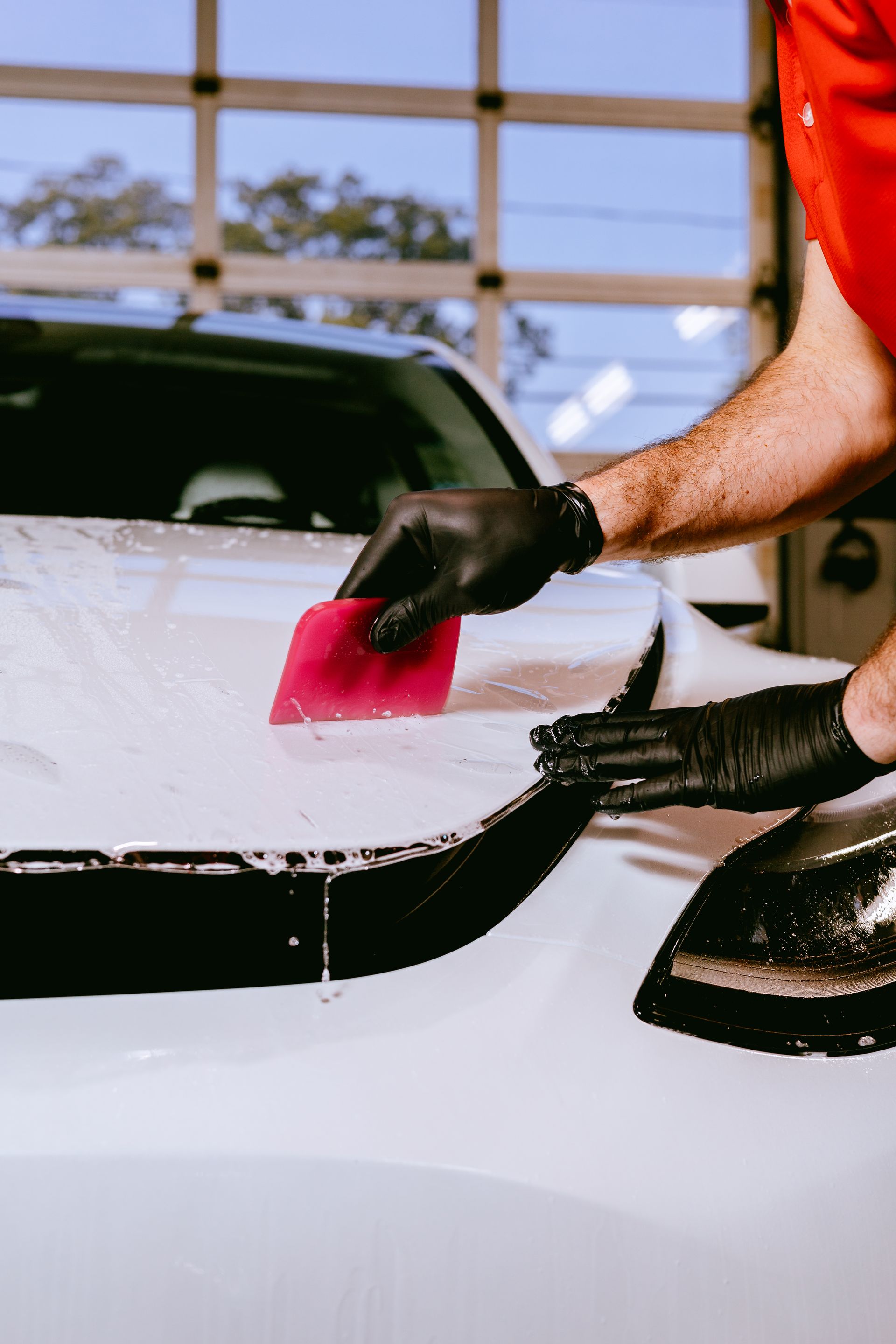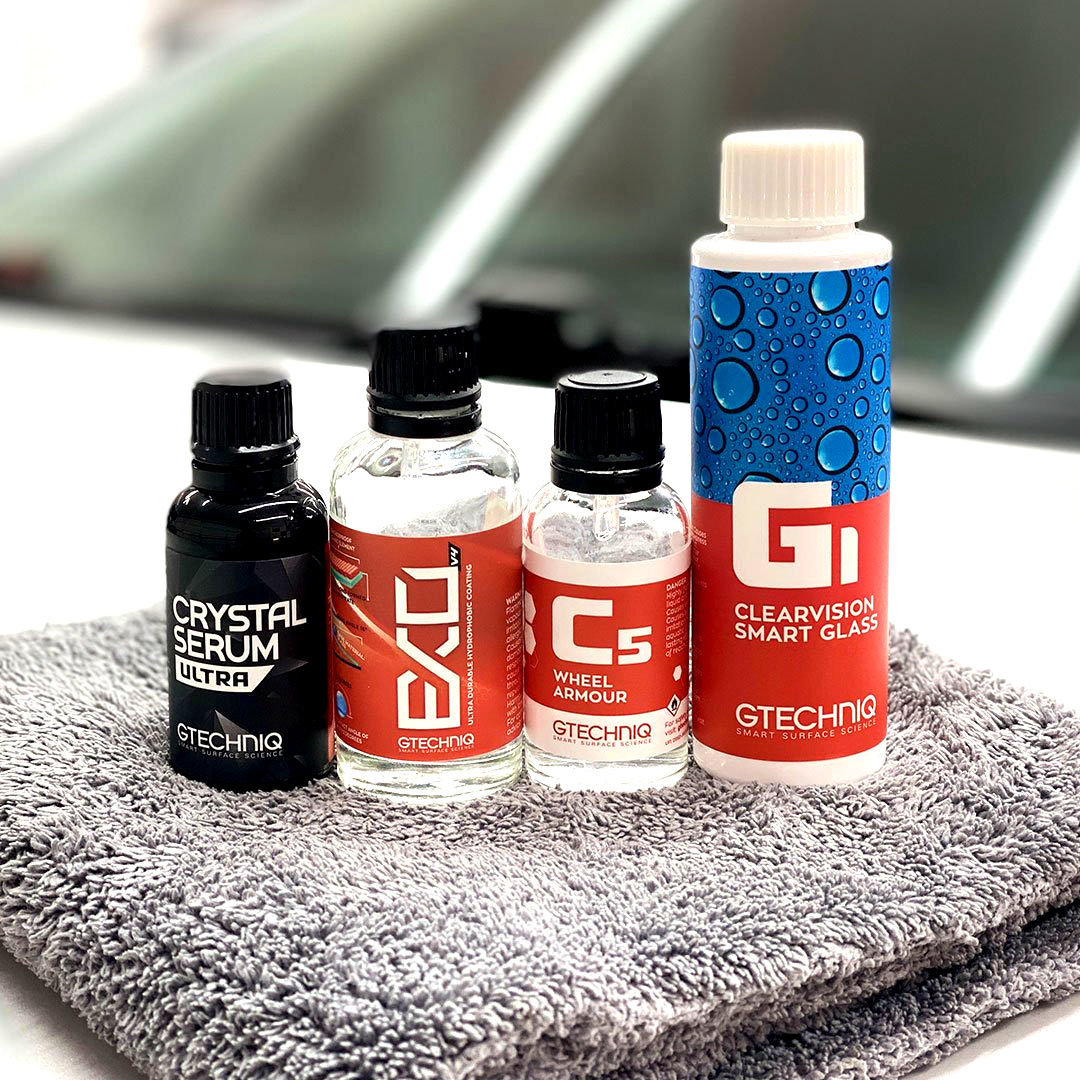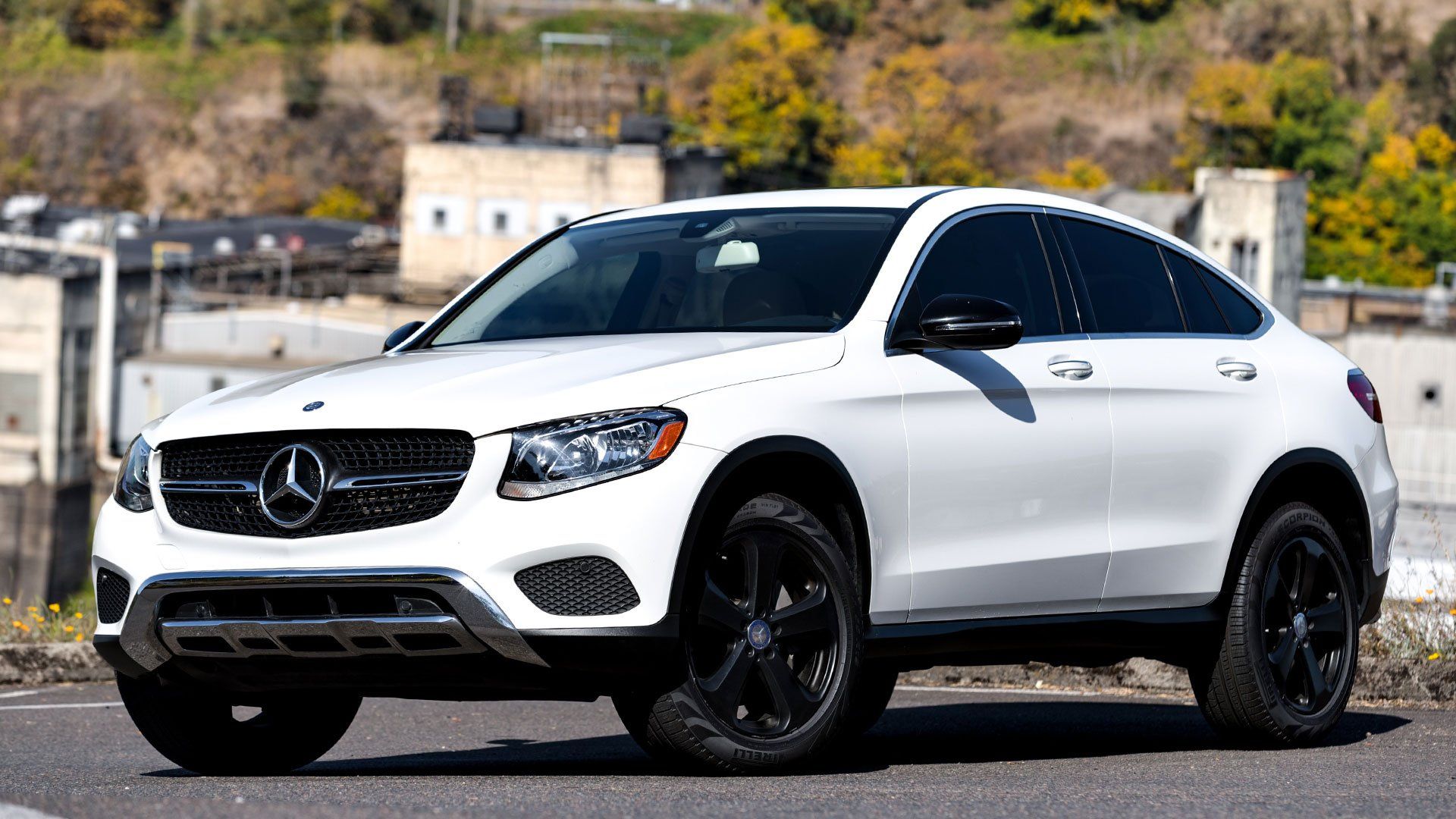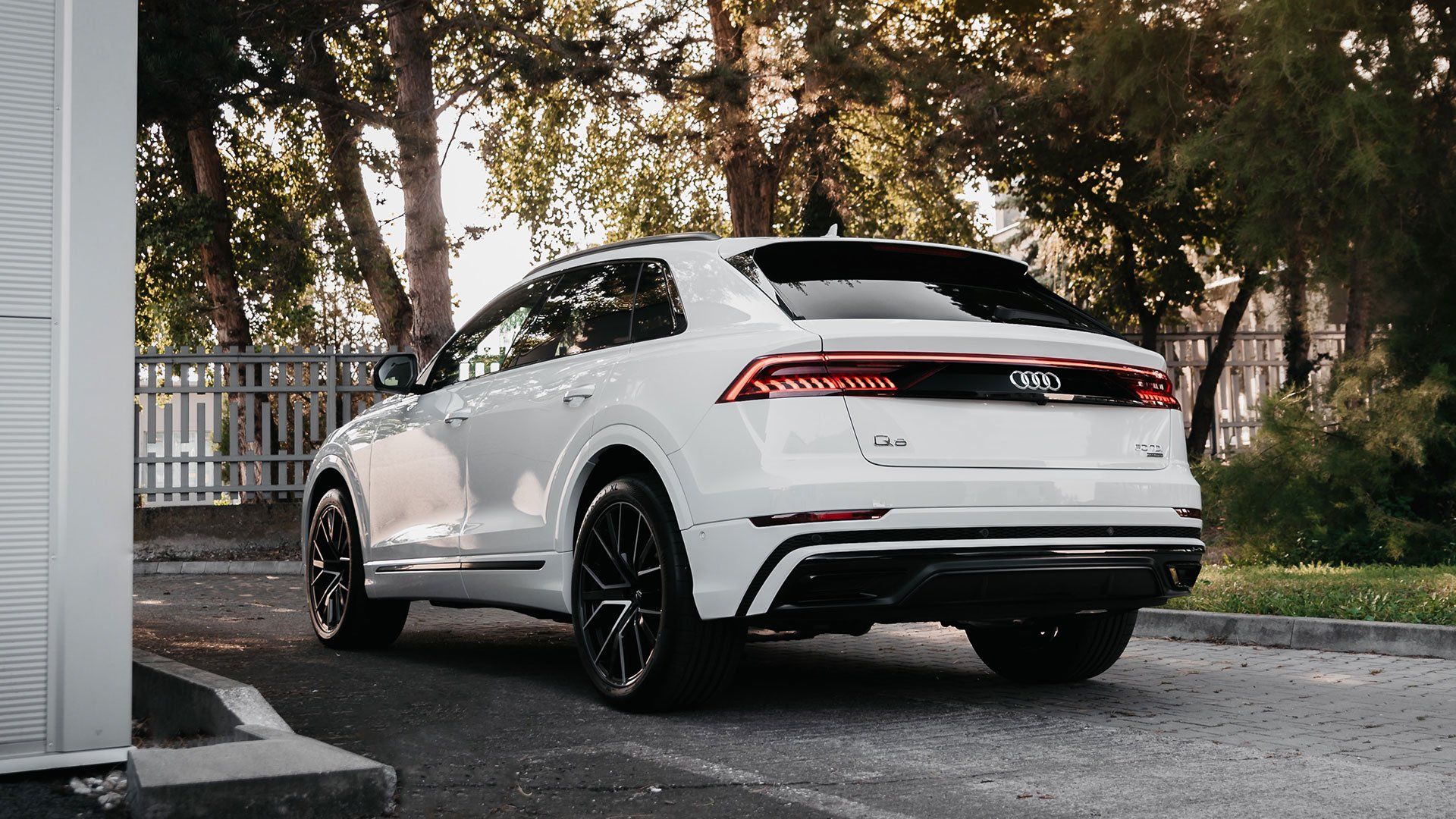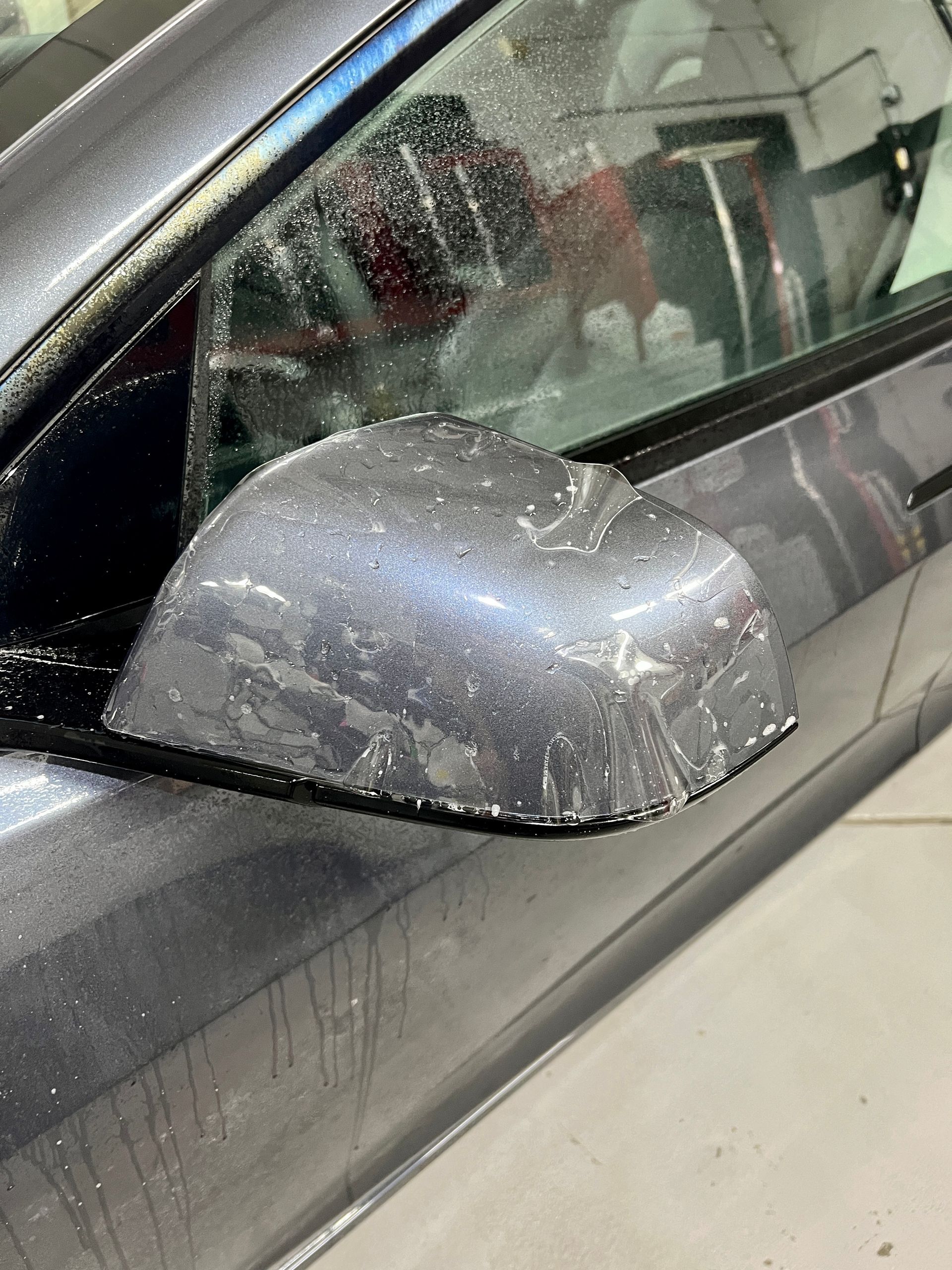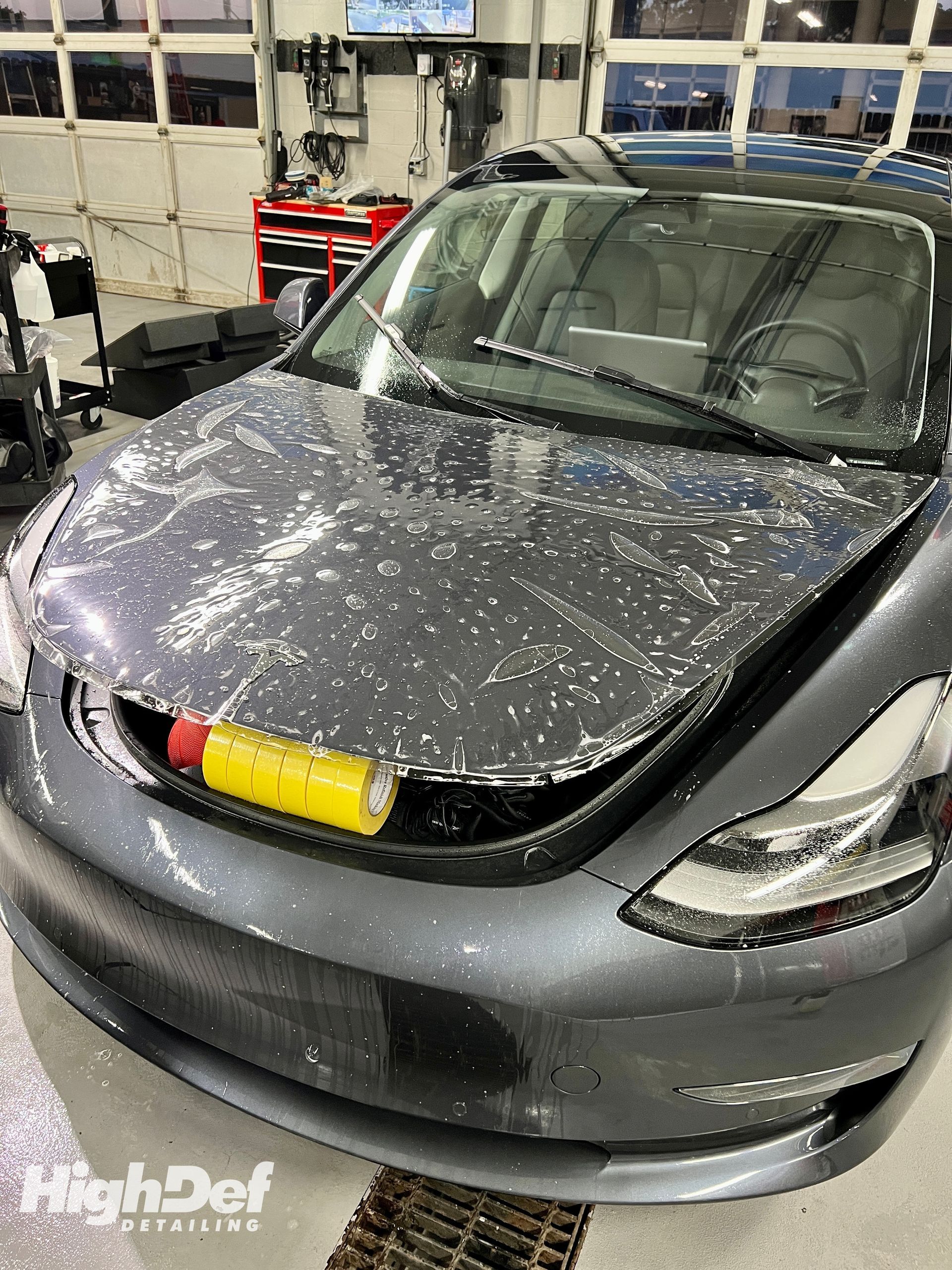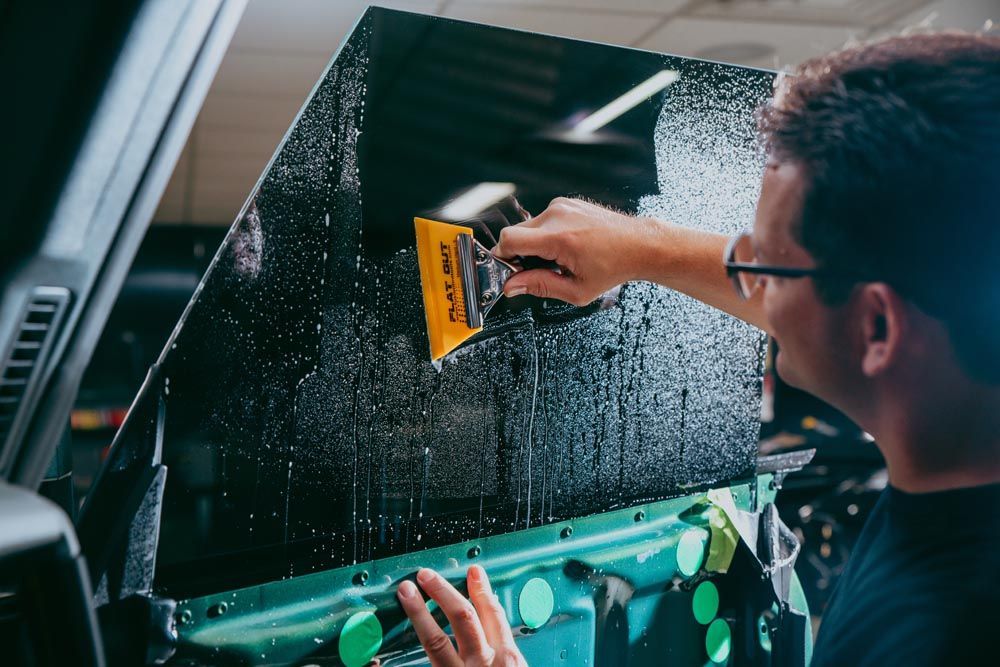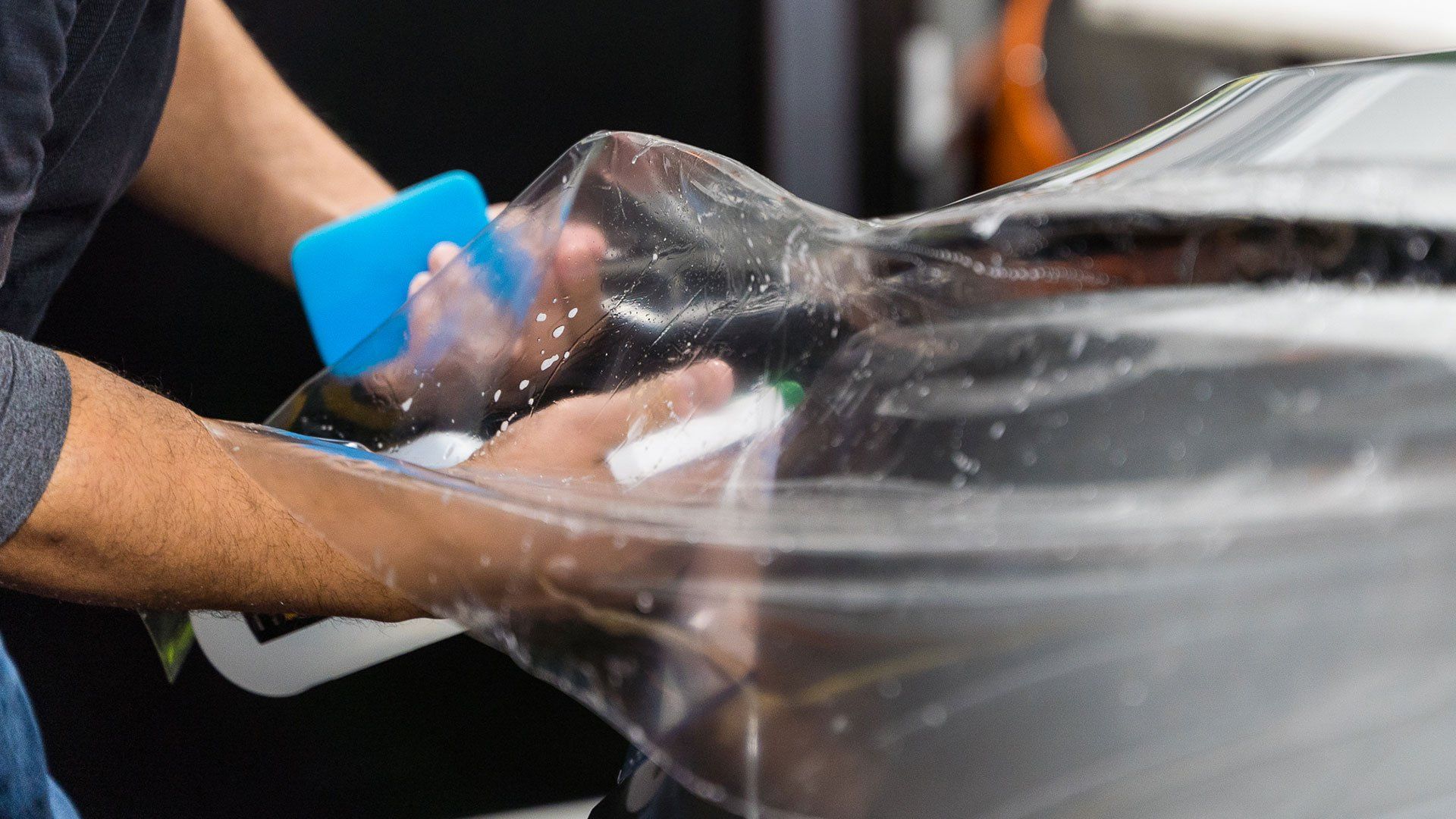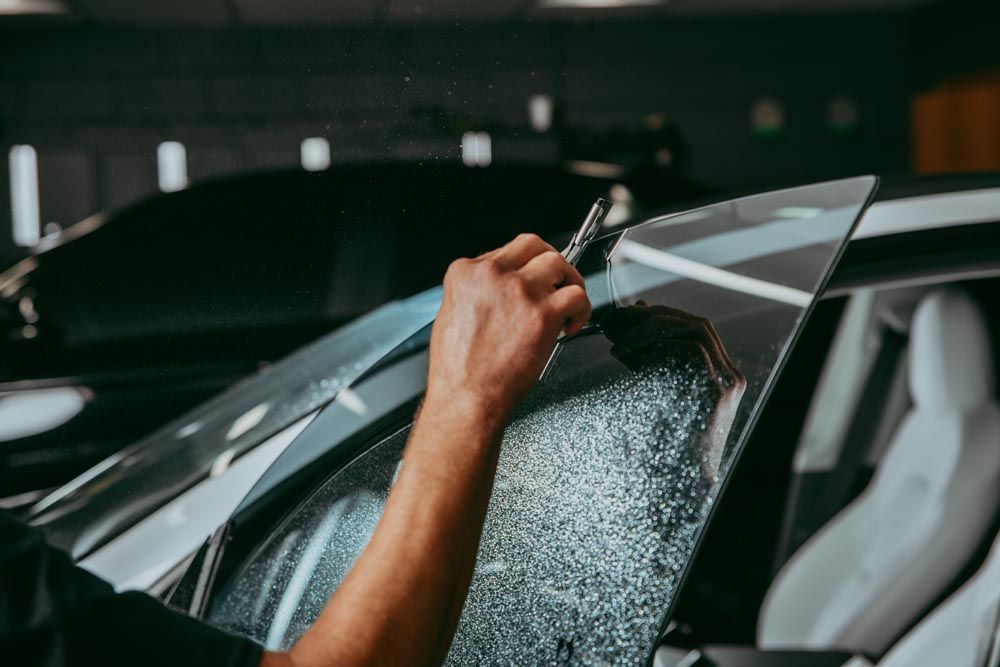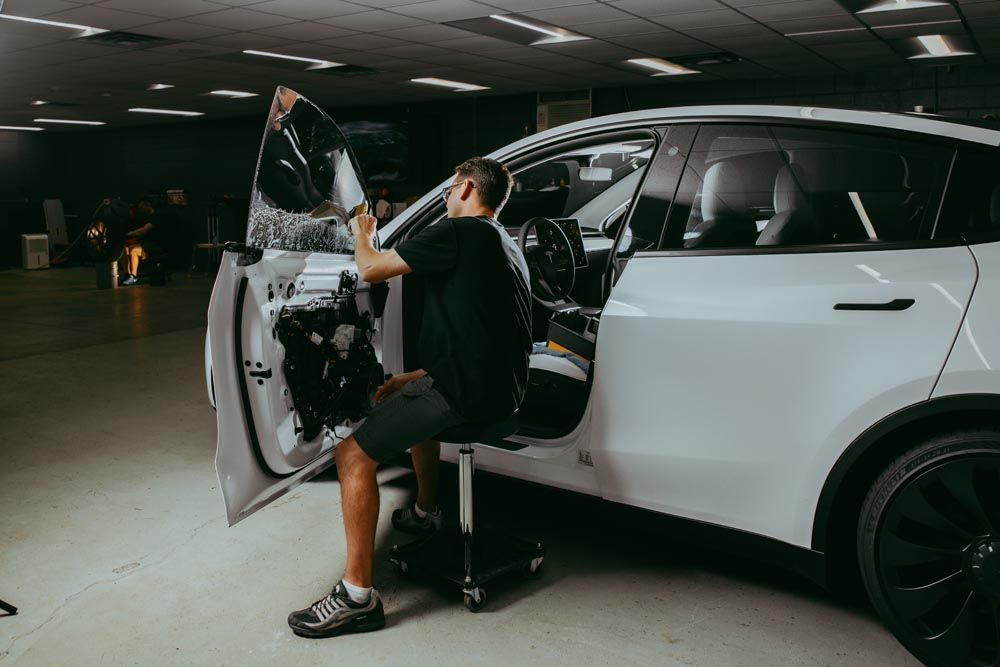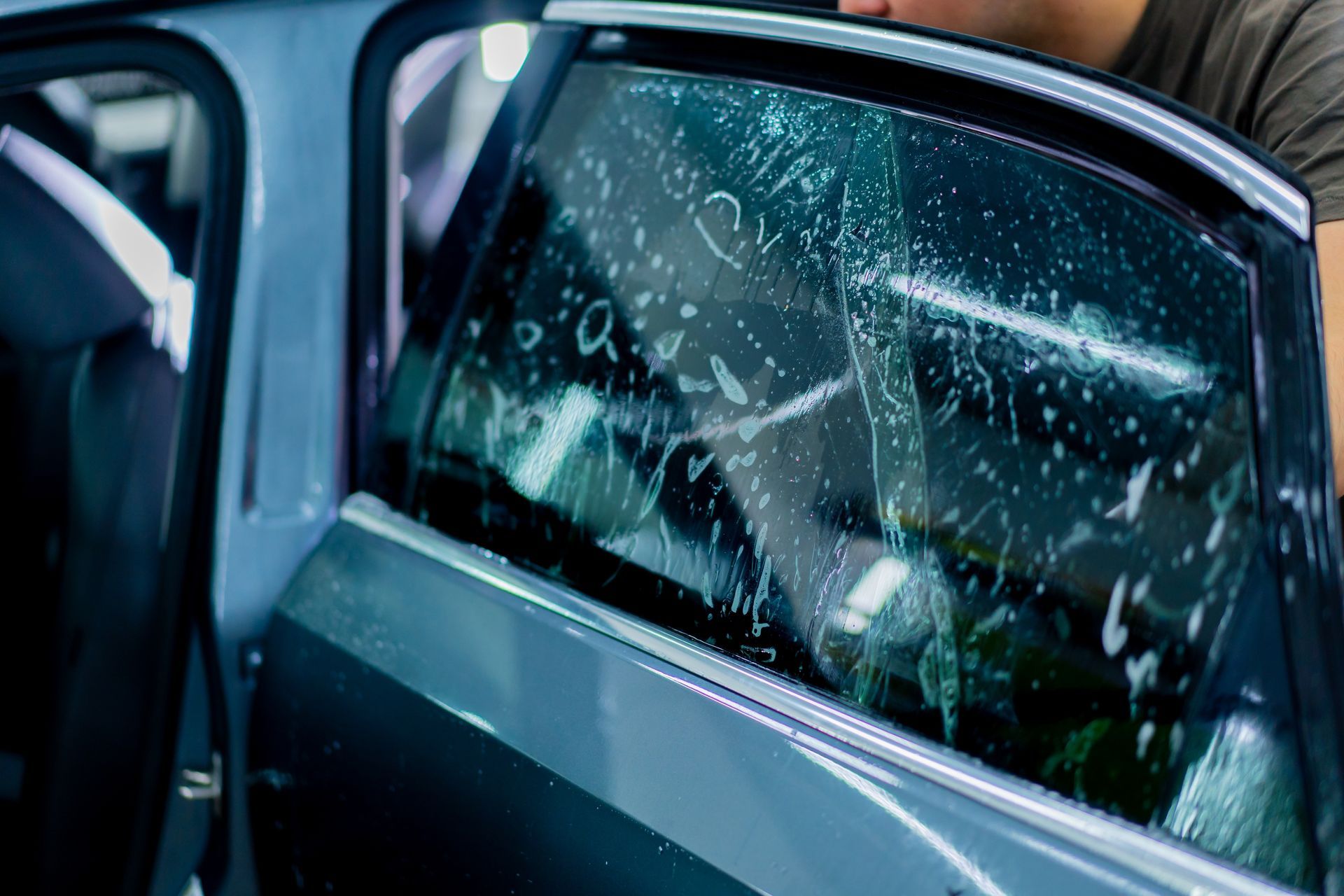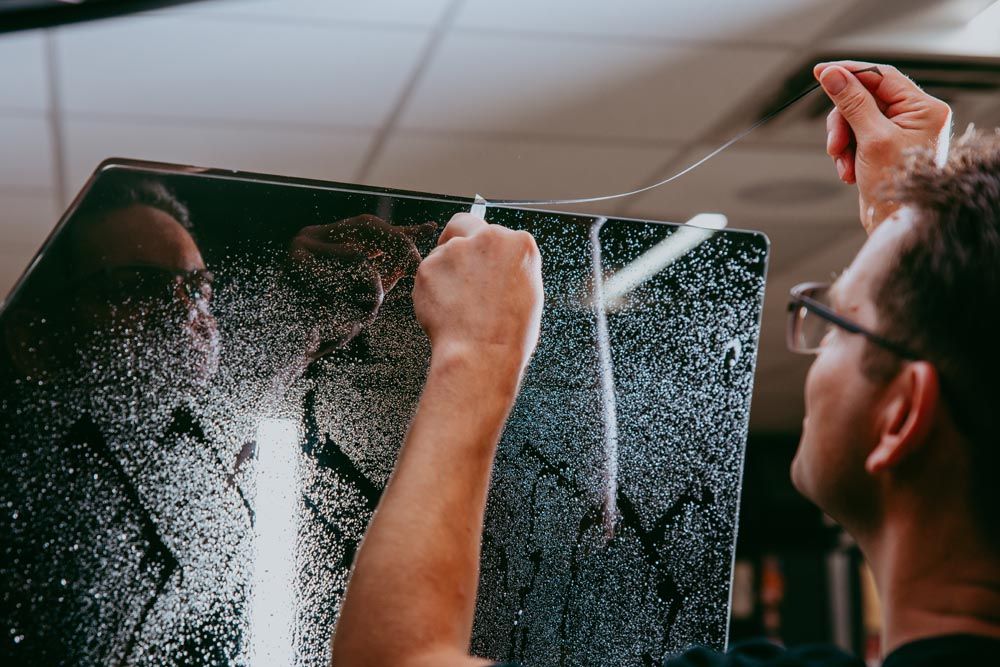Avoid These PPF Maintenance Mistakes After Installation for Long-Lasting Protection
When you invest in paint protection film (PPF) for your vehicle, you're not just adding an extra layer to your car's paint—you're making a commitment to keep it looking sharp and protected for the long haul. Think of it as treating your prized possession with the same care you'd give to a delicate piece of art. But maintaining that beautiful finish isn't as simple as it seems. Many owners make common mistakes that can lead to costly repairs or diminished protection over time. In this article, we'll explore essential PPF maintenance tips to help you avoid these pitfalls, ensuring your investment remains intact and your car stays in pristine condition.
Common PPF Maintenance Mistakes to Avoid
One major pitfall many vehicle owners encounter is using abrasive materials while washing their cars. While it's tempting to think that aggressive cleaning methods yield better results, using stiff-bristle brushes or rough sponges can inflict serious damage on the delicate surface of PPF. That seemingly useful scrubber could leave scratches that not only mar your car's appearance but also compromise the film's protective abilities. Instead, opt for a gentle touch—a soft microfiber mitt ensures you lift away dirt without harming the surface. Another significant concern revolves around automatic car washes. These convenient options might save time, but those stiff brushes can lift or even peel the edges of your PPF, potentially voiding manufacturer warranties. Many who have chosen this route later discover unexpected and costly damage. Consider hand washing your vehicle or choosing touchless wash systems as safer alternatives that protect your investment.
The choice of cleaning products is equally vital. Many DIY enthusiasts overlook this detail and opt for generic cleaners unsuitable for PPF care. Products containing harsh chemicals like acetone or ammonia can weaken or discolor the film, initiating deterioration much sooner than expected. Selecting pH-neutral shampoos specifically designed for automotive use ensures your protective film stays intact while effectively removing grime. Additionally, ignoring regular maintenance is another common mistake. If your PPF isn't regularly inspected—ideally every few weeks—you risk letting small problems develop into larger issues. Neglect can diminish protective qualities significantly. Scheduling routine checks catches potential wear early and saves you from expensive repairs down the road.
Hand Washing Guidelines for PPF
To maintain the pristine condition of your paint protection film, proper hand-washing technique is crucial. Start by gathering the necessary materials: pH-neutral car shampoo, two sturdy buckets, a clean microfiber mitt, and a low-pressure hose. Having everything prepared beforehand makes the process smoother and more efficient. The two-bucket method is your best defense against scratching. Fill one bucket with soapy water and another with clean rinse water. Dip your microfiber mitt into the soapy water to wash one section of the car, then rinse the mitt in the clean water before re-dipping it into the soapy mixture. This simple technique minimizes the chance that dirt particles clinging to your mitt will scratch the PPF surface during washing.
Before scrubbing with your mitt, pre-soak the vehicle's surface. This helps loosen stuck-on grime and debris, ensuring they come off without harsh scrubbing that could potentially damage the film. When cleaning, opt for straight lines rather than circular motions. Straight-line washes reduce swirl marks that can mar your vehicle's finish over time. Use a low-pressure hose for rinsing instead of high-pressure systems to prevent lifting or peeling edges of your PPF. Thoroughly rinse off all soap suds, as residue left behind can be unsightly and may attract dirt faster. Once rinsed, gently pat dry the vehicle with a clean microfiber towel. Patting rather than wiping ensures you don't inadvertently cause scratches while preventing water spots from forming.
Choosing Safe Cleaning Products
Not all car cleaning products are created equal, especially when preserving paint protection film integrity. Many people choose cleaners that smell pleasant or promise superior shine without realizing some options can harm PPF over time. Citrus-based cleaners might have an appealing scent or appear effective, but their high acidity can wear down the protective film, leading to premature degradation. The key to maintaining your PPF lies in using pH-neutral shampoos specifically formulated for automotive finishes. These cleaners typically fall within a safe pH range of 6 to 8, ensuring they don't strip away the topcoat of your film while still effectively removing dirt and grime. When selecting cleaning products, look for labels that clearly indicate they are safe for use on PPF.
Regular Inspection Practices
Conducting regular inspections of your paint protection film is essential to catch minor issues before they become significant problems. A tiny chip left unchecked can lead to peeling or necessitate expensive repairs. By making inspections part of your routine, you keep your vehicle protected and visually appealing without the stress of unforeseen damage. Inspect your PPF at least once a week. You can perform this simple practice either while washing your car or during a brief walk around it. Focus particularly on high-impact areas such as the front bumper, hood, and side mirrors—these places often endure the brunt of road debris and weather elements. Look closely for signs like discoloration indicating fading from UV rays, bubbling suggesting trapped air beneath the film, or peeling edges that can occur if dirt was trapped during installation.
During each inspection, use a soft microfiber cloth to gently wipe away dust or grime before examining the film closely. This careful approach helps avoid scratching the surface while allowing you to see imperfections clearly. Document any issues with photographs for your records and to assist if you need to make a warranty claim. Keeping a visual history can make a compelling case for any adjustments needed by your installer.
Safe Ways to Wax PPF
Waxing your PPF can enhance its appearance and prolong protective qualities, but using the right technique and products is essential. Proper wax application boosts shine and helps shield the film from environmental contaminants. Select non-abrasive waxes designed specifically for vinyl or plastic films, as using the wrong product can lead to damage or unsightly residue. Before applying wax, ensure the PPF surface is pristine. Any residual dirt or debris can scratch the film during application. A thorough pre-wash using pH-balanced car shampoo is crucial. Once clean, use a soft foam applicator pad to gently spread a thin, even layer of wax across the film's surface. Avoid aggressive circular motions and allow the wax to sit as per manufacturer instructions. Then, use a clean microfiber towel to buff away excess wax gently.
Addressing Film Damage
Despite best efforts, damage can occur to your PPF. Learning to address it promptly saves both time and money. For minor scratches, consider a touch-up kit specifically designed for PPF. These kits typically include specialized polish that blends scratches into the surrounding area. Apply with a microfiber cloth, buff gently, and watch as blemishes fade. For larger issues like peeling or lifted edges, consult a professional installer. These trained experts have the skills necessary to effectively reapply or replace sections of film without compromising your vehicle's overall appearance. Professional installers use techniques ensuring precision and restore the protective qualities of your PPF effectively.
Essential Tips for Long-Lasting PPF
Keeping your paint protection film in top condition requires strategic practices. Whenever possible, avoid leaving your car in direct sunlight for extended periods. UV rays can slowly break down the film, causing yellowing or reduced effectiveness. Finding shaded parking spots makes a significant difference in preserving your vehicle's finish. Using a quality car cover when your vehicle isn't in use offers another layer of protection against potential scratches and environmental contaminants. A breathable, soft fabric cover ensures you're not trapping moisture beneath, which could create mold or mildew issues. Being proactive about cleaning is key to preserving PPF integrity. As soon as you notice contaminants such as bird droppings, tree sap, or bugs, take action immediately. These substances can be acidic and cause staining if allowed to sit. A simple wash with pH-neutral soap and a microfiber cloth helps lift these annoyances without damaging the film's surface.
By avoiding common maintenance mistakes and following proper care techniques, you'll ensure your paint protection film continues delivering excellent results for years to come. Regular inspections, gentle cleaning methods, appropriate products, and prompt attention to damage all contribute to maximizing your PPF investment. Your commitment to proper maintenance will ultimately pay off in preserving your vehicle's exterior and maintaining its value over time.
Premium PPF Installation in Mishawaka, IN
Keep your vehicle looking flawless with High-Def Detailing’s
advanced paint protection film services
in Mishawaka, IN. Our expertly installed PPF creates a clear, durable shield that defends your paint from rock chips, UV rays, and everyday wear while maintaining a brilliant factory finish. Each installation is performed with precision and care to ensure seamless coverage and lasting performance. Preserve your car’s beauty and value—schedule your professional PPF installation with High-Def Detailing today!
